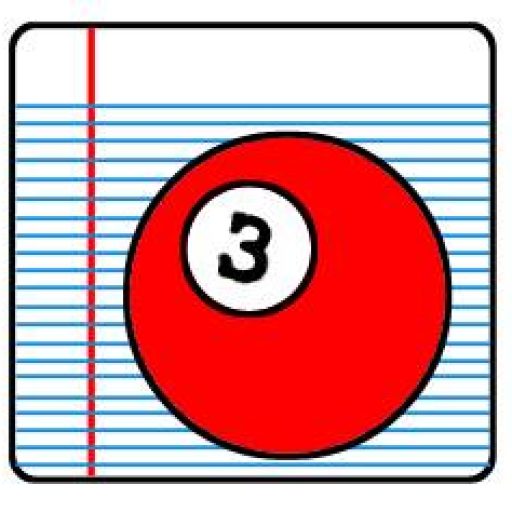The 1996 version of The Island of Dr. Moreau, starring Marlon Brando as mad scientist Dr. Moreau, gives you the gist of the 1896 book by H. G. Wells. Particulars change—scenes, characters, characterizations of characters—but the big picture remains the same. Moreau creates humans out of animals, which become hybrid Beast Folk, which turn on Moreau; thus (like Dr. Frankenstein), he is destroyed by his scientific experimentation, meant to advance humankind. In either case, it’s a horrifying narrative.
 A movie is as memorable as its scenes, and there are several memorable scenes in this movie (although the movie got a very negative critical reception, receiving six nominations for the Razzie Awards—six!). In one such scene, the Beast Folk attack Dr. Moreau (Brando), after Moreau skillfully demonstrates types of music composition on the piano. The immediate visual contrast between the skillful piano-playing and the homicidal attack of the Beast Folk is stark; certainly, it got imprinted in my mind. Also memorable is a dinnertime scene in which Moreau calmly justifies his experiments to his horrified guest (or his captive?) Edward Douglas (David Thewlis). There’s an immediate stark contrast, this time between Moreau’s calm and Douglas’s outrage. Of honorable mention includes the opening scene that shows an engulfing expanse of ocean, and a closing montage of people behaving badly, very badly.
A movie is as memorable as its scenes, and there are several memorable scenes in this movie (although the movie got a very negative critical reception, receiving six nominations for the Razzie Awards—six!). In one such scene, the Beast Folk attack Dr. Moreau (Brando), after Moreau skillfully demonstrates types of music composition on the piano. The immediate visual contrast between the skillful piano-playing and the homicidal attack of the Beast Folk is stark; certainly, it got imprinted in my mind. Also memorable is a dinnertime scene in which Moreau calmly justifies his experiments to his horrified guest (or his captive?) Edward Douglas (David Thewlis). There’s an immediate stark contrast, this time between Moreau’s calm and Douglas’s outrage. Of honorable mention includes the opening scene that shows an engulfing expanse of ocean, and a closing montage of people behaving badly, very badly.
The movie version of The Island of Dr. Moreau does make unaccountable choices. For one, the island of the book is thoroughly and frequently described by H. G. Wells. In this way, the book is similar to Conan Doyle’s The Lost World, in which Nature is a main character. The island in the movie appears in detail only once, during Douglas’s attempted escape from Moreau’s compound, when there is clearly an obstacle course of waterfall, boulders, and marshy reeds. It looks, appropriately, like something out of “Survivor,” but only that one time. Also, like the 1992 movie version of the all-male book The Lost World, there is the addition of a young woman in the cast of this 1996 Island of Dr. Moreau, a hybrid of cat and human being named Aissa (Fairuza Balk). Although this change is made plausible, the presence of this Cat-Woman still feels awkward and gratuitous, providing a temporary “love interest” for the protagonist Edward Douglas. By the way, the protagonist in the book is named Edward Prendick. This isn’t an important name change, but it is the only name change, and it hardly seems necessary.
There are even odder aspects of this movie. It is odd that the Dr. Moreau of this movie received a Nobel Prize not long before his exile from the scientific community—a shocker that is never accounted for. It is odd that Edward Douglas can walk around with a gun for most of the movie—where did he find a gun, and how can he, essentially a prisoner, hold onto it? It is odd that the Beast Folk of the movie can clearly articulate their thoughts and desires; it is beyond odd that they know how to use assault rifles. At movie’s end, it’s a big surprise that a raft suddenly appears to take Edward Douglas off the island; in the book, construction of a raft is a long and arduous process for unmechanical Edward Prendick. All of these are significant flaws.
Still, I wouldn’t give the movie a Razzie, which has significant strengths. Among them is the characterization of Moreau’s assistant, Montgomery (Val Kilmer), who is progressively less clothed, as he descends into madness. At the very end, all that can be seen of him is a dangling naked leg. As Montgomery, Kilmer adeptly portrays a mix of arrogance and folly. As Moreau, Brando is chillingly matter-of-fact. These two performances carry the otherwise flawed movie.
Granted, this 1996 movie version of The Island of Dr. Moreau diverges from the 1896 book. Reputedly, the 1977 movie version, starring Burt Lancaster as Dr. Moreau, fares better. Nevertheless, this version is—as it should be—chilling.
Thomas Gagnon has published essays and reviews in Wilderness House Literary Review and alternative literary blog, The Boston Area Small Press and Poetry Scene. He has published articles about art exhibits in South End News and poetry in cross-disability literary journal Breath and Shadow.








Leave A Comment